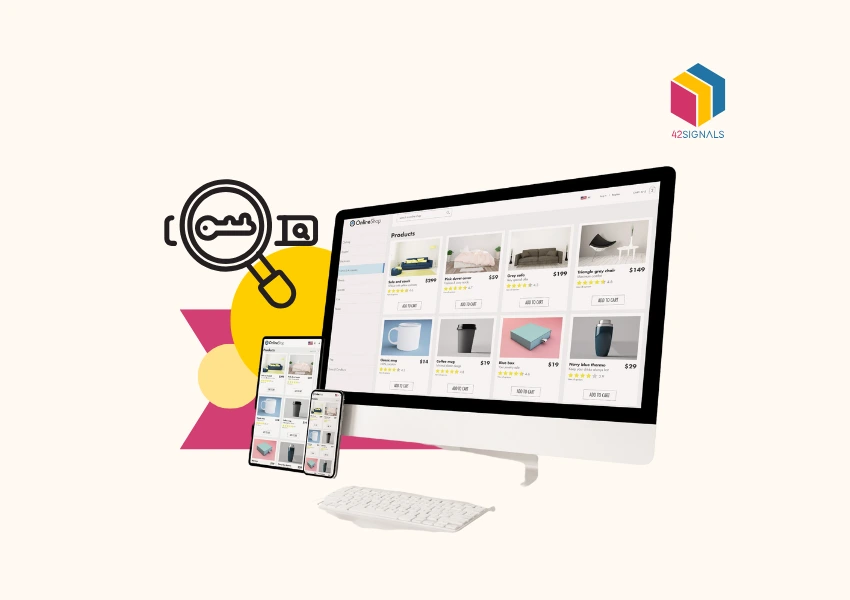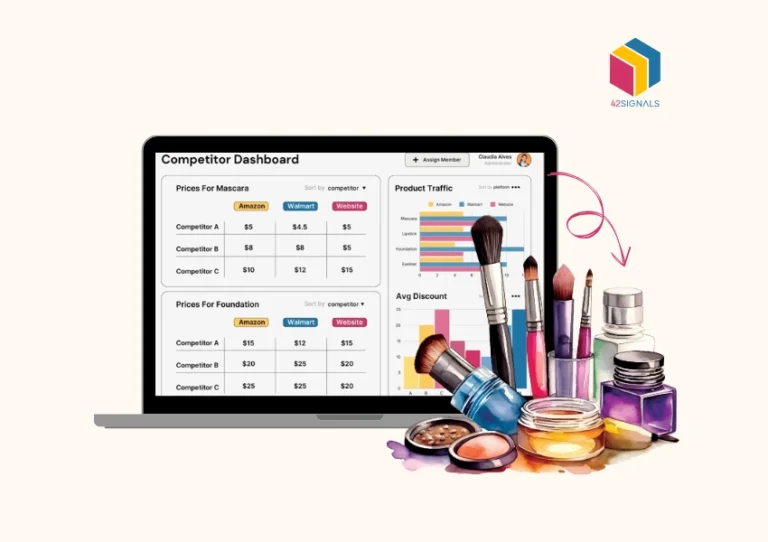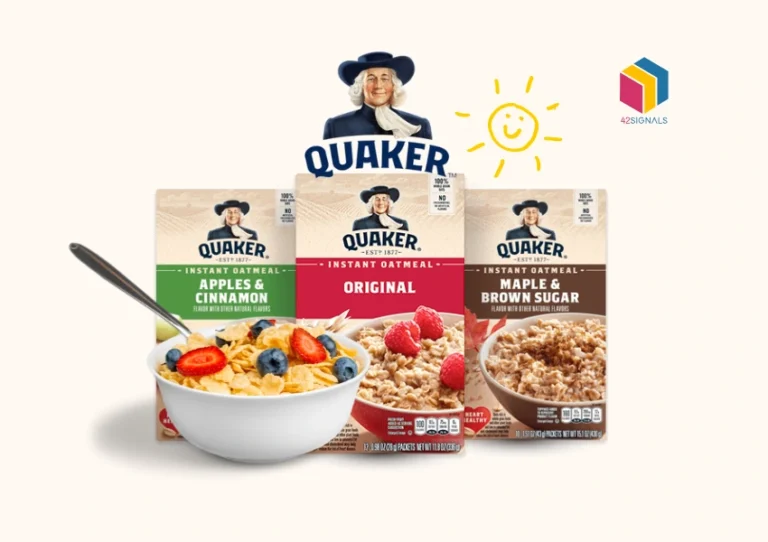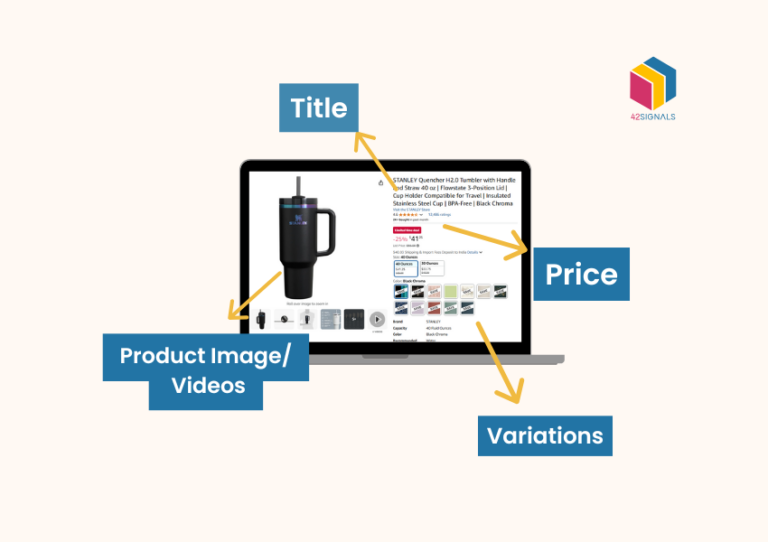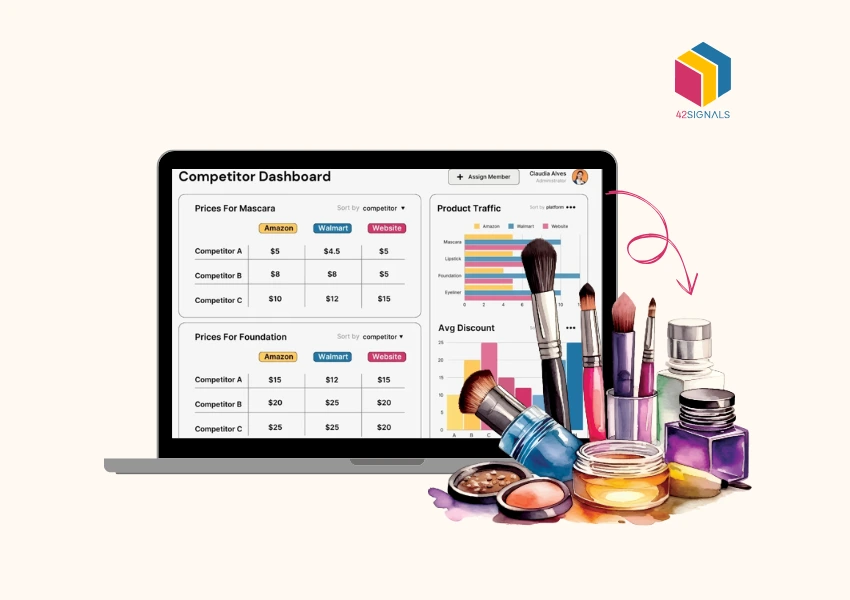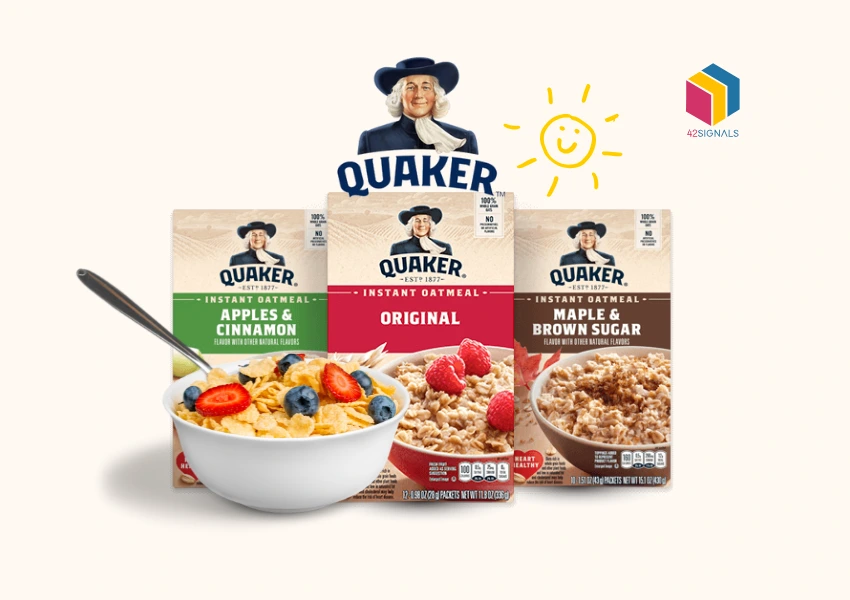Selling online today needs the right keywords in the product information. The right keywords can mean the difference between your product languishing in obscurity and skyrocketing to the top of search results.
These keywords require competitive price monitoring and digital shelf analytics tools to craft a strategy that outmaneuvers rivals. Let’s look at how to pinpoint high-impact keywords using tools like a competitive analysis dashboard and keyword rank tracker, ensuring your brand dominates share of search and drives conversions.
Why Keyword Analysis is the Backbone of the Product Information
Keywords are the bridge between customer intent and your product. On platforms like Amazon, 70% of shoppers never click past the first page of search results. To win here, you need to:
- Align with customer search habits (e.g., “organic dog treats for sensitive stomachs”).
- Outsmart competitors by targeting gaps in their keyword strategies.
- Adapt dynamically to price shifts, trends, and algorithm updates.
Let’s look at the tactics that turn keyword analysis into sales.
Step 1: Use Competitive Price Monitoring to Uncover Keyword Opportunities
Competitive price monitoring isn’t just about tracking prices—it’s about decoding the story behind them. When a rival drops its price, it might be targeting new keywords to regain visibility. Tools like 42Signals help you:
- Track real-time price changes for specific ASINs.
- Identify correlations between price drops and keyword ranking spikes.
- Spot competitors who are winning the Buy Box with aggressive pricing and keyword optimization in their product information.
Example:
A kitchenware brand noticed a competitor slashing prices on “non-stick frying pans” while simultaneously ranking for the keyword “PFOA-free cookware.” By mirroring the price drop and optimizing their listings for the same health-focused keyword, they captured 22% of the competitor’s traffic.
Pro Tip:
Use a competitive analysis dashboard to visualize how competitors’ pricing and keyword strategies intersect. This reveals which terms they’re bidding on in ads or prioritizing organically.
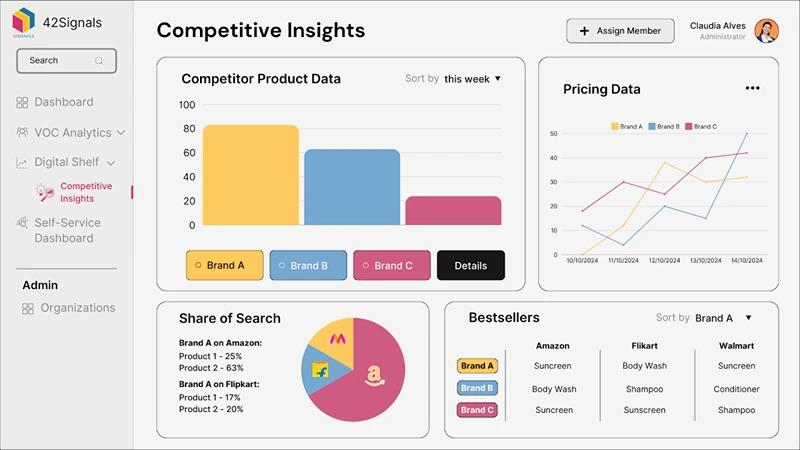
Step 2: Optimize Listings with Digital Shelf Analytics
Digital shelf analytics evaluate how your product appears online—images, titles, reviews, and keywords—compared to competitors. Tools like 42Signals can:
- Audit your listings for keyword gaps (e.g., missing synonyms like “blender” vs “food processor”).
- Benchmark your content against top-performing rivals.
- Track how keyword changes impact click-through rates (CTR) and conversions.
Action Plan:
- Reverse-engineer competitors’ titles: If rivals rank for “yoga mat with alignment markers,” test similar phrasing.
- Leverage A/B testing: Use tools like Splitly to test two keyword-rich titles and see which drives more sales.
- Fix conversion killers: Blurry images or missing bullet points can negate even the strongest keywords.
Case Study:
A skincare brand used digital shelf analytics to discover competitors’ listings that lacked the keyword “vegan collagen.” They revamped their titles and A+ Content to highlight this phrase, resulting in a 35% CTR increase.

Step 3: Track Performance with a Keyword Rank Tracker
A keyword rank tracker is your compass in the chaos of Amazon’s algorithm. Tools like Helium 10 or 42Signals show:
- Real-time rankings for target keywords.
- Seasonal trends (e.g., “gift baskets” surge in November).
- Competitors’ ranking movements (e.g., a rival overtaking you for “wireless headphones under $50”).
How to Act on It:
- Prioritize high-volume, low-competition keywords: Use the tracker’s keyword suggestions feature to find hidden gems that can be used in your product information.
- Defend your turf: If you’re losing rank for a critical term, adjust pricing, add a promo, or enhance content.
Pro Tip:
Pair your tracker with share of search metrics to measure how often your brand appears in relevant searches versus competitors. A low share? Time to rethink your keyword mix.

Step 4: Mine Competitor Keywords with a Competitive Analysis Dashboard
A competitive analysis dashboard aggregates data from multiple sources (e.g., Amazon, Google Ads, social media) to reveal competitors’ keyword strategies. Key features:

- Keyword overlap analysis: See which terms you and competitors share—and where you’re missing out.
- Ad spend insights: Discover which keywords rivals are bidding heavily on
- Content gaps: Identify keywords they’re ranking for organically but not targeting in ads (a prime opportunity for PPC).
Example:
A pet brand used a dashboard to find that competitors ignored long-tail keywords like “hypoallergenic dog bed for large breeds.” By optimizing their listings and Sponsored Ads for this phrase, they dominated page one rankings.
Step 5: Generate Winning Keyword Suggestions
Keyword suggestion tools use AI to recommend terms based on search volume, competition, and relevance. Tactics to maximize their value:
- Prioritize buyer intent: Focus on commercial keywords like “buy,” “discount,” or “best price.”
- Embrace long-tail phrases: “Men’s waterproof hiking boots size 12” has less competition than “hiking boots.”
- Steal from competitors: Tools like SEMrush reveal keywords driving traffic to rival product pages.

Case Study:
A furniture seller used keyword suggestions to target “mid-century modern desk with drawer,” a phrase competitors overlooked. They created a dedicated landing page and Amazon listing for this term, boosting sales by 50% in 60 days.
Step 6: Boost Share of Search with Agile Adjustments
Share of search measures your brand’s visibility in relevant searches. To improve it:
- Target niche keywords: Own specific phrases before expanding to broader terms.
- Monitor daily: Use a keyword rank tracker to catch drops early.
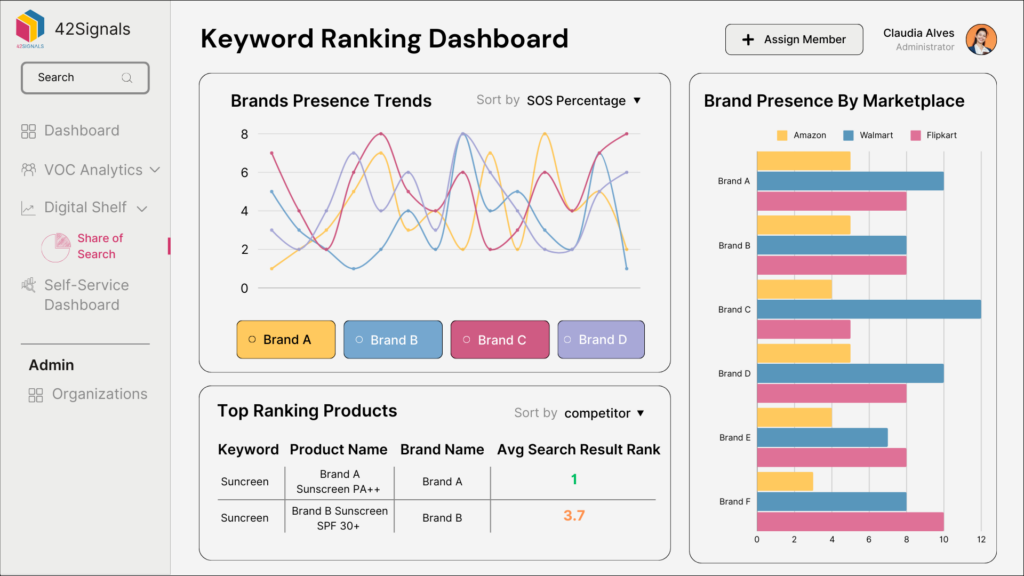
- Align with pricing: If you’re priced higher than competitors, justify it with premium keywords like “luxury” or “eco-friendly.”
Pro Tip:
During peak seasons (e.g., holidays), temporarily shift focus to high-volume keywords like “gifts for gardeners” to capitalize on surges.
Avoid These Keyword Blunders in the Product Information
- Overstuffing: Amazon’s algorithm penalizes spammy listings. Use keywords naturally.
- Ignoring reviews: Customer feedback often contains untapped keywords (e.g., “easy to assemble” or “long-lasting”).
- Static strategies: Update keywords quarterly based on competitive price monitoring and trend shifts.
Emerging tools are taking keyword research to the next level:
- Predictive analytics: Forecast which keywords will trend based on social media or seasonality.
- Voice search optimization: Tools like AnswerThePublic help target conversational phrases (e.g., “What’s the best budget wireless earbuds?”).
Your Next Move:
Test a competitive analysis dashboard with AI capabilities like 42Signals. Identify one underperforming keyword, optimize your listing, and track changes in share of search over 14 days.
Final Word: Keywords Are Currency
In e-commerce, keywords are the currency of visibility. By combining competitive price monitoring, digital shelf analytics, and a keyword rank tracker, you’ll discover not only the right terms but also fill any existing gaps in your product information.
Act Now:
Audit your top 3 competitors’ listings today. Find one keyword they’re missing and claim it. Tomorrow’s sales could hinge on today’s insights.
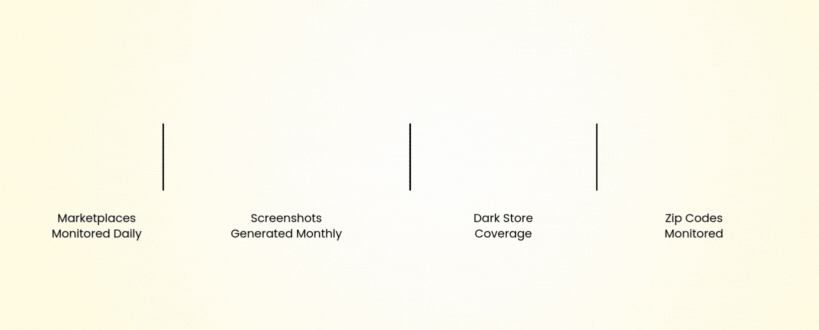
Sign up for a free trial to see how 42Signals can provide this data.
